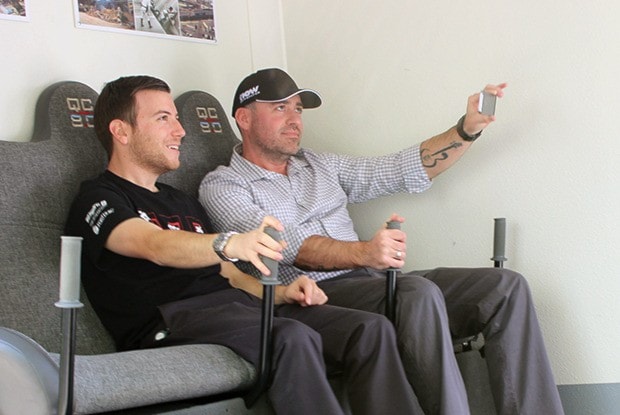 These days, four things keep me up at night.
These days, four things keep me up at night.
First, there’s my bungled acceptance speech at a journalism awards ceremony a few years ago. You know those little moments in life you wish you had back? That’s one of them.
The second thing that keeps me up at night – this one’s maybe a little more important – is death. (This is despite, or more likely because of, the fact that my wife is a funeral director and embalmer and preparing for death is a regular dinner-time topic.)
Third – and frighteningly related to death – is the thought of what a Trump presidency would unleash on the world stage.
And the final thing that keeps me awake is a phenomenon relatively new to me, a prairie boy who grew up having nightmares of tornadoes and twisters.
Earthquakes.
When is the big one coming? Where will we be when it comes? What should we do when it comes? Why don’t we have an emergency kit already? When we do get it together, where should we keep it? In the garage? But that’s the first place likely to be buried under rubble, isn’t it? What about putting kits in our cars? But they will be in the garage!
Toss. Turn. Toss. Turn.
Repeat.
If you ask any emergency planner, the first thing they will tell you to do is have a plan.
My plan has always been simple (albeit naive) – when the “big one” hits, round up the family and head outside, where having the roof collapse on us is somewhat less of a worry.
I always thought it was a solid plan.
Until I met Kyle Klein.
“The only protocol out there is, ‘drop, cover and hold on,’” he told me as we stood in parking lot S6 at Surrey’s Kwantlen Polytechnic University on Tuesday morning.
 I was there to experience the Shake Zone, a mobile earthquake simulator designed to promote the importance of being prepared for emergencies and natural disasters.
I was there to experience the Shake Zone, a mobile earthquake simulator designed to promote the importance of being prepared for emergencies and natural disasters.
I told Kyle I always planned on taking everyone outside in the event of a quake. He gently smiled as if he knew I was about to learn an important lesson about earthquake preparedness, courtesy of the Shake Zone.
“I guess it would be pretty hard to walk around in this,” I said as we both shook violently during the 8.0 magnitute simulation, hanging on tightly to the machine’s handles.
“Walking – especially up and down stairs – is next to impossible in an earthquake like this,” Kyle told me afterwards. “I have a friend who is a surfer and he could only stand up for about one second inside the Shake Zone.”
So, ‘drop, cover and hold on’ it is.
Will I sleep better? Probably not. But at least I feel more prepared and better educated, thanks to the Shake Zone.
Now, if Kyle would just bring me a time machine so I could revisit that acceptance speech...
Beau Simpson is editor of the Now. He can be reached at beau.simpson@thenownewspaper.com.
